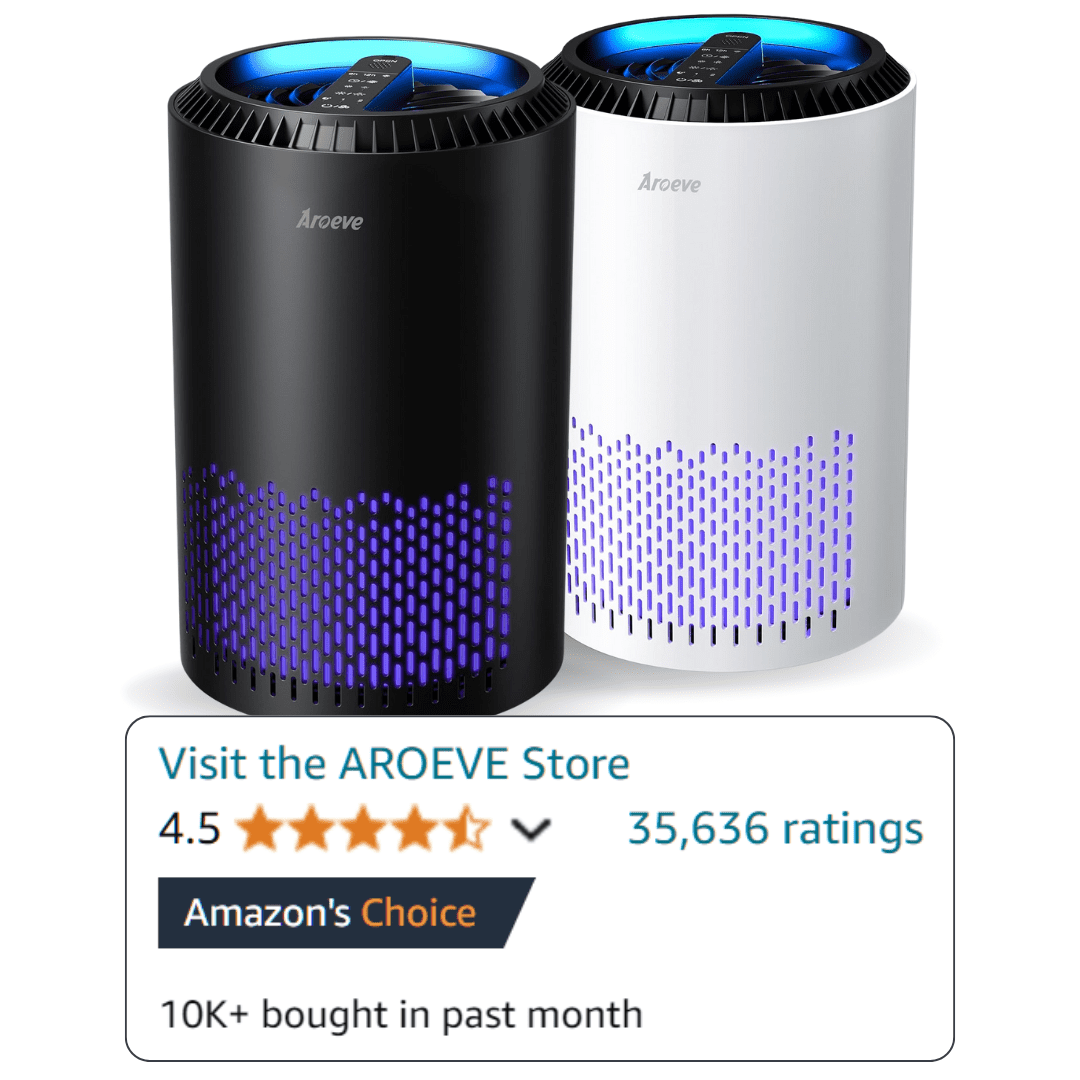Why VOCs and Houseplants Matter
Volatile organic compounds (VOCs) are gases emitted from certain solids or liquids.
Common indoor sources include paints, carpets, and cleaners. As more people turn to houseplants to improve air quality, questions arise about whether these plants might contribute to indoor VOC levels.
This controversy has led to a debate: do houseplants help or harm our indoor air?
What Are VOCs? Understanding the Science
VOCs are organic chemicals that easily become vapors or gases.
They come from many household products like paints, varnishes, and cleaning supplies. Exposure to VOCs can cause health effects ranging from eye irritation to respiratory problems and even cancer with long-term exposure.
Understanding their sources and impacts is crucial for maintaining a healthy indoor environment.
Do Potted Plants Emit VOCs?
The short answer is yes, potted plants can emit VOCs, but the amount is generally minimal compared to other household sources. Let’s break this down:
Role of the Plant Itself
Plants release VOCs as part of their metabolism. These emissions are usually low and include compounds like terpenes, which contribute to plant scents. Research, including a study from 2020, shows that these emissions are significantly lower than those from common household products.
Role of the Pot Material
The choice of pot can influence VOC emissions. Plastic pots, especially when new, can off-gas VOCs. Ceramic and terracotta pots are typically safer, as they don’t emit as many chemicals. A 2021 study found that VOC emissions from plastic pots can be reduced by using them outdoors for a period before bringing them inside.
Role of Soil Microbes
Soil microbes also contribute to VOC emissions. These emissions are generally low and often include beneficial compounds. A 2022 study found that certain soil bacteria can even help break down other harmful VOCs in the air.
Comparison: Measured VOC Output vs. Major Sources
When compared to major indoor sources like paint and carpeting, VOC emissions from potted plants are negligible. A EPA report indicates that VOC levels from household products can be up to 1000 times higher than those from potted plants.
Notable Findings: Uncertainty and What’s Unknown
While the science is clear on the low impact of plants, uncertainties remain. Different plant species and growth conditions can affect VOC emissions. More research is needed to fully understand these nuances.
Plants, VOCs, and Indoor Air Quality: Myths vs. Facts
Many myths surround houseplants and their impact on indoor air. Let’s debunk some common claims:
Myth: Plants Are Powerful Air Purifiers
The famous NASA study from the 1980s suggested that plants could clean indoor air.
However, recent research, such as a 2023 review, shows that the impact of plants on air quality in typical home conditions is minimal.
Plants can help, but they’re not a complete solution.
Myth: Plants Cause Air Pollution
While plants emit VOCs, the levels are generally too low to significantly impact indoor air quality.
The consensus among experts, including those from the World Health Organization, is that the benefits of plants often outweigh their minor emissions.
Consensus Among Indoor Air Quality Experts
Experts agree that while plants do emit VOCs, these emissions are minimal and usually not a concern for most people. In fact, plants can contribute positively to indoor environments by improving mood and reducing stress.
How Do Plant VOCs Compare to Other Household Sources?
To put plant VOC emissions into perspective, consider the following:
| Source | Average VOC Emissions (µg/m³) |
|---|---|
| New Paint | 1000-5000 |
| Carpeting | 200-1000 |
| Cleaning Products | 100-500 |
| Potted Plants | 1-10 |
In real-life scenarios, such as modern homes or offices, plant emissions are negligible compared to other sources. For example, painting a room can dramatically increase VOC levels, while adding a few plants has little impact.
Should You Worry about VOCs from Potted Plants? Expert Recommendations
Most people don’t need to worry about VOCs from potted plants. However, some groups should take extra precautions:
Thresholds for Concern
Indoor air quality experts suggest that VOC levels below 500 µg/m³ are generally safe. Plant emissions rarely exceed this threshold.
High-Risk Groups
Individuals with allergies or asthma, and workplaces with large plant installations, should be cautious. In these cases, monitoring indoor air quality and choosing low-emission plants can help.
Types of Plants, Pots, and Soils to Prefer or Avoid
Opt for plants known for lower emissions, such as snake plants or spider plants. Choose ceramic or terracotta pots and organic, peat-free soil to minimize VOCs.
Tips for Safe, Healthy Houseplant Ownership
Here are some tips to enjoy your plants while keeping your indoor air clean:
Choosing Low-VOC Pots and Soil
Select pots made from natural materials and use organic soil. These choices reduce the risk of VOC emissions.
Plant Species with Minimal Emissions
Consider low-emission plants like peace lilies or rubber plants. These plants can help purify the air without adding significant VOCs.
Ventilation Best Practices
Ensure good airflow in your home. Open windows regularly to reduce VOC buildup from all sources, including plants.
Alternatives for Sensitive Individuals
If you’re highly sensitive to VOCs, consider air-purifying machines or natural air purifiers like beeswax candles. These options can help maintain clean air without relying on plants.
Frequently Asked Questions
Can Certain Houseplants Remove VOCs?
Yes, some plants, like the Boston fern, can absorb certain VOCs. However, their impact is limited and should be seen as part of a broader strategy for improving air quality.
Are Self-Watering Pots Safer/Cleaner?
Self-watering pots can reduce mold growth, but the plastic used in their construction might off-gas VOCs. Choose ceramic or glass self-watering systems if possible.
How Do I Know If My Indoor Air Has VOCs?
VOC detectors are available and can measure levels in your home. Symptoms like headaches or irritation can also indicate high VOC exposure.
Should I Avoid Plants for Kids’ Rooms?
Generally, plants are safe in kids’ rooms. However, choose non-toxic species and keep an eye out for any signs of sensitivity in your child.
What We Know Now and What to Watch For
In 2025, we know that potted plants can emit VOCs, but these emissions are minimal compared to other household sources.
By choosing the right plants, pots, and soil, and maintaining good ventilation, you can enjoy the benefits of houseplants without compromising your indoor air quality.
Stay informed about new research and keep an eye on your home’s air quality to ensure a healthy living environment.



